Black and white Stafford photographs, circa 1984.
Alms Houses
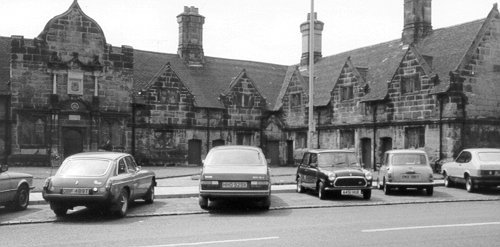
These houses were built by Sir Martin Noel for a dozen poor townsfolk in 1660, we believe the original occupants are still residing here, and claiming their state pension.
Bottle Lodge

The Bottle Lodge, Odd looking building on the road to Tixall. The building is identical to the towers on Tixall Lodge Gatehouse.
Stafford Castle
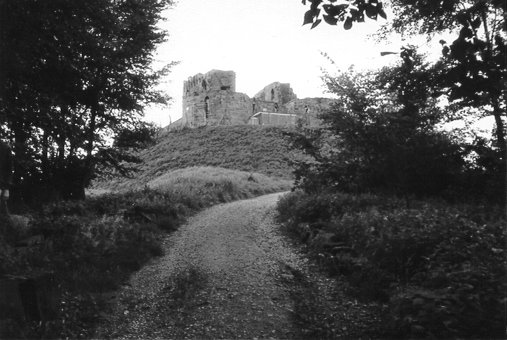
Motte and bailey earthworks surmounted by remains of later castles.
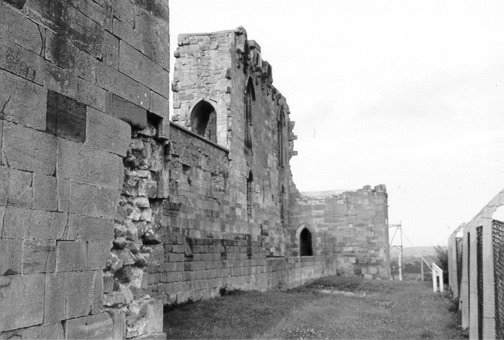
Stafford Castle, This photograph gives a graphic view of the solid security based around the castle at this time. The site was considered unsafe for the public and the castle fence also gave the archeologists a base to work from.
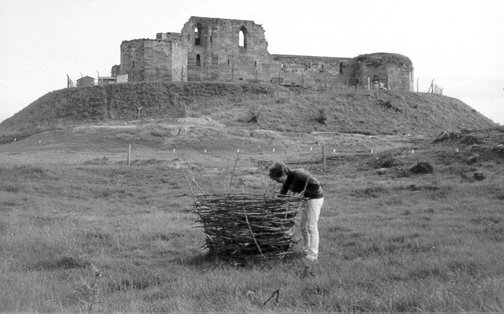
Motte and bailey earthworks surmounted by remains of later castles. That's me (CP) when I was 13 years old! As you can see (by the bunting in the background) the site was still being excavated. The wicker basket had been left behind by a group of "period type" enthusiasts.
Ancient High House

Built in 1596 using local oak by John Dorrington. Said to be the largest timber framed town house in England. Restored in the 1980s, this building now plays host to the local tourism bureau. Some say this house is haunted, our own team witnessed former sports shops, gas suppliers and beef burgers floating around the area! This building is a gem, visit it!
The Lock Up
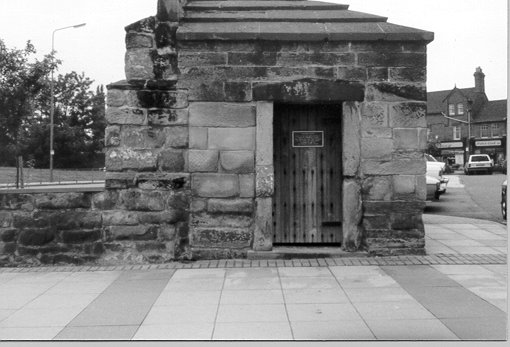
The Old Lockup on Queensway. This building was restored to its present state in the mid 1980s. We believe, in darker times this was an overnight lockup for drunks and petty crooks., however this building could just have easily been a public toilet or something like.
During the 1970s the Lockup was occupied by a Tramp called Thomas, who for at least 6 years called it home. We have since learned that Thomas sadly passsed away and with him died the ways of "The Real Tramp" in Stafford.
The Mill

The Mill at Broad Eye, built in 1796. Wind powered until steam driven in 1847. Currently in the hands of a restoration group. Recent renovations have dramatically improved the appearance of this building which included a reconstruction of an early 20th century butchers shop that was once attached to the front.
Victoria Park Water Wheels
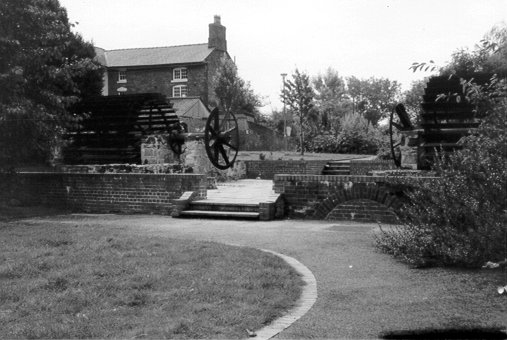
Adjoining Victoria Park on the site of mills dating back to Norman times. The preserved wheels of a mill demolished in 1957.
Sheriff's Office
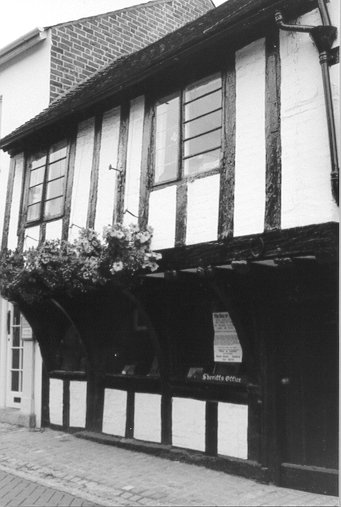
Sheriff's Office in Mill Street. Situated on the corner of Mill St and Church Lane. This old timber framed building is currently a modern day office space.
Stafford Shire Halls
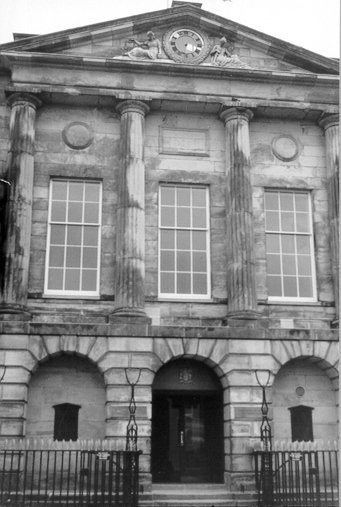
Built in 1798 as a court house and office of the Mayor and Clerk of Stafford. Currently used as an art gallery and library with court rooms in preservation.
St Mary's Church
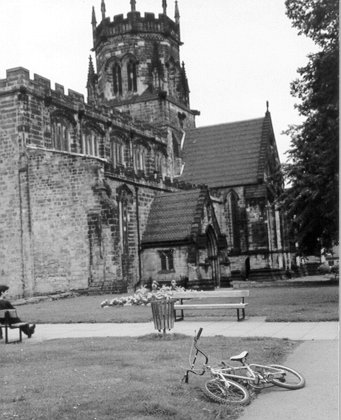
St Mary's Church, Circa 1200. This photograph shows the current main entrance to the church. If you are in the area, visit this church, I always feel a sense of oldy Stafford in there. BTW, that BMX bike was mine!
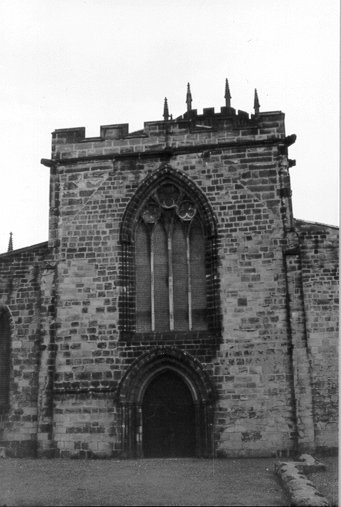
I have never been able to work out which was the "front" or "side" of this church. As far as I can tell, 800 years ago, the above view would have been the front view. It would have looked very different in 1200AD, Of course. Being St. Bertelin's Chapel back then!
North Walls

Part of the North Wall of Stafford's East Gate. (Town walls in ruins by 1680s). This collection of rock stands proud next to another of Stafford's famous constructions... The Queensway Ringroad.
Tixall Gatehouse
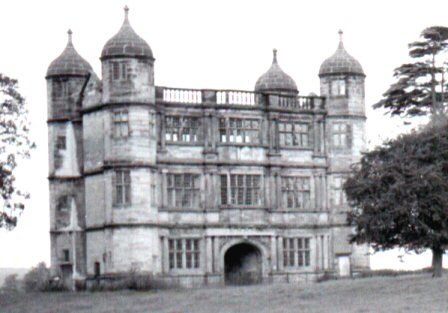
Built in 1555 by Sir Edward Aston, this gatehouse was once the grand entrance to an even grander house.
The main house was rebuilt, demolished and rebuilt again over the next 3 centuries, until in 1928 when the house was demolished, and the material re-used to build the Saint John's Church Chancel at Littleworth.
